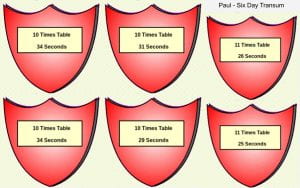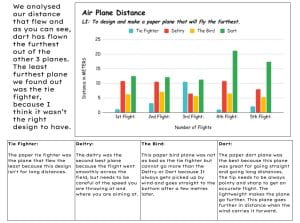L.I: To read the text, gather,sort, graph and analyse the data
Today we made a statistical investigation.
The statistical investigation we made was about which of the top 6 rivers in Auckland were the shortest and which ones the longest. We first researched about the top 6 rivers in Auckland, (1-6) Tamaki river, Whanau river, Hotea river, Waitakere river, Puhoi river and Wairoa river.
We then researched the length of each river, the Tamaki river is 15 km, Whanau River is 5.7 km, Hoteo river is 28 km, Waitakere river is 16 km, Puhei river is 13 km and Wairoa with 65 km.
With the data we gathered we analysed the shortest to longest rivers. The shortest river is the Whanau river, second shortest being Puhei, third shortest river is Tamaki, third longest is Waitakere river, second longest is Hoteo and the longest river is Wairoa.






